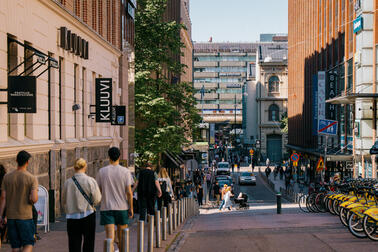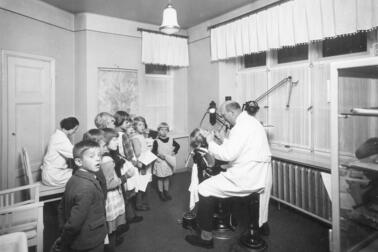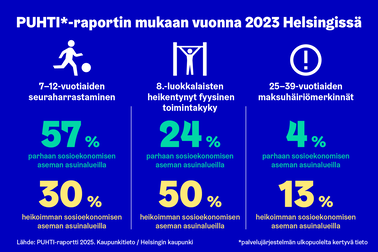
Morbidity describes the overall disease burden of a population and provides a good overview of the health of city residents. Data on morbidity is important not only for planning treatment needs but also for health promotion measures. The data is also needed in the assessment of the individual and societal burden caused by morbidity.
In 2023, morbidity in Helsinki was at the same level as it was in 2019 before the COVID-19 pandemic, when assessed using the morbidity index*. Of the factors that make up the morbidity index, mortality increased in Helsinki during the COVID-19 pandemic and was highest in 2022. This increase was primarily associated with the pandemic, and after the pandemic mortality has decreased.
The prevalence of diseases that are regarded as endemic diseases among Finns, on the other hand, has decreased compared to 2019. The decrease of the endemic disease index* is due in particular to a decrease in hypertension and coronary artery disease.
Overall, the health of Helsinki residents has remained better than the Finnish average. No less than 91% of the Helsinki population live in districts where morbidity is lower than in Finland on average. Similarly, the diseases regarded as endemic diseases among Finns are less prevalent in Helsinki than in Finland on average. Of the individual endemic diseases, only psychosis is more prevalent in Helsinki than the rest of Finland.
Morbidity low in the inner city and northern Helsinki
Morbidity varies considerably between different areas of Helsinki even when the impact of different age structures is taken into account. In the Southern, Northern and Southeast major districts, morbidity is lower than the city's average. Elsewhere, meaning the Western, Central, Northeast and Eastern major districts, morbidity is higher.
Morbidity is lowest in the districts of Vironniemi, Ullanlinna, Kulosaari and Lauttasaari and highest in Jakomäki, Alppiharju, Mellunkylä and Myllypuro. In areas where the morbidity index is low, the prevalence of endemic diseases is also lower, and vice versa.
Morbidity is affected by socio-economic factors, such as level of education and income. In fact, the differences in morbidity between city areas are mainly due to socio-economic reasons, such as the fact that people with low income often live in different areas than those with high income.
Differences in morbidity between areas have deepened slightly
Differences in morbidity between areas have increased slightly. Of the factors that make up the morbidity index, this change was contributed to particularly by increased differences in mortality. An examination of causes of death revealed that this increase was caused by COVID-19 mortality in particular. COVID-19 mortality is significantly more differentiated by area than other causes of death.
*The study involved measuring morbidity using two different indicators. One is the morbidity index, which is based on mortality, the proportion of those on disability pension among the working age population and the population share of those entitled to specially reimbursable medication. The other indicator is the endemic disease index, which is based on the prevalence in an area of diseases that are regarded as endemic diseases among Finns. The indices were calculated from data collected by Kela and Statistics Finland.


